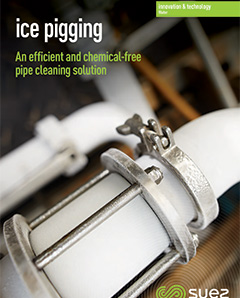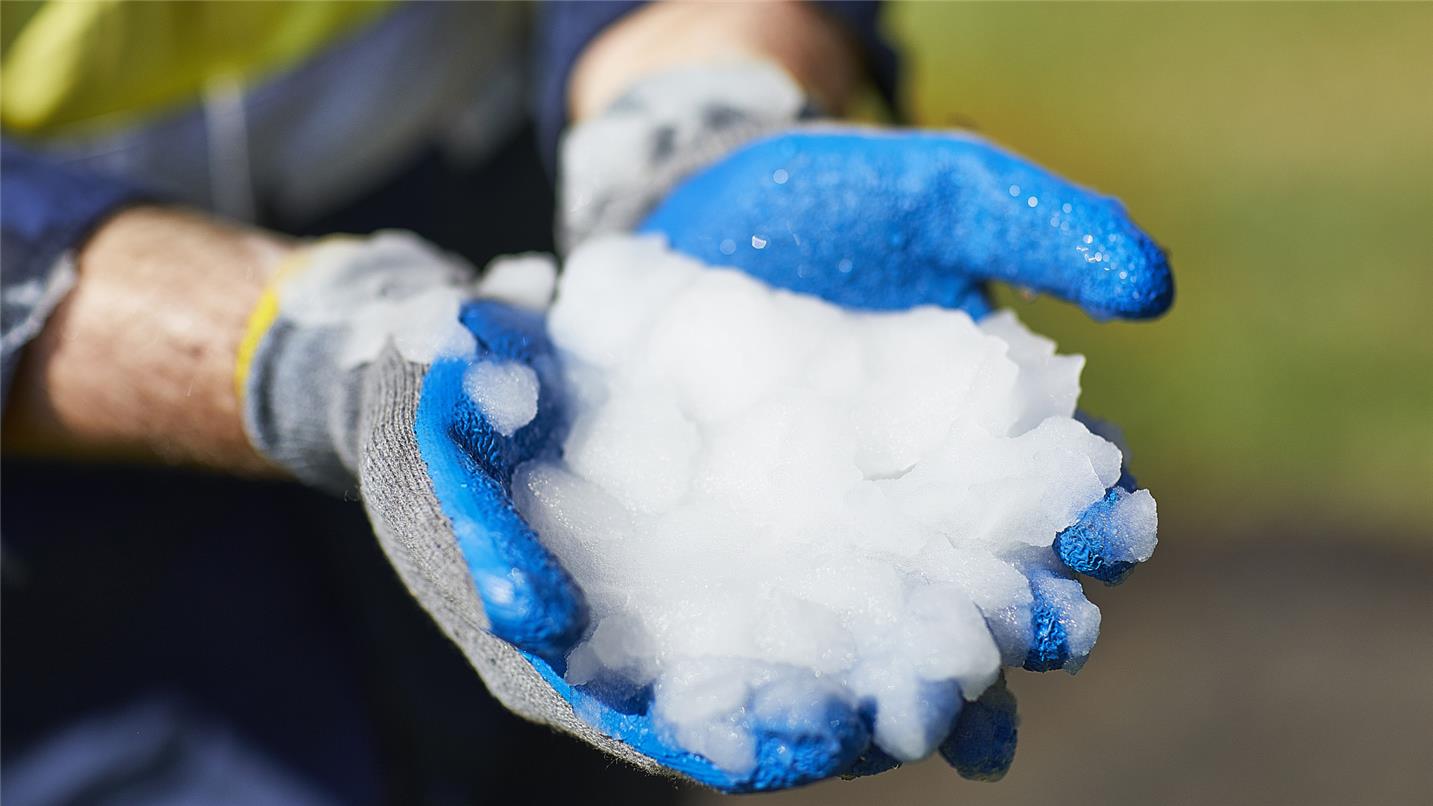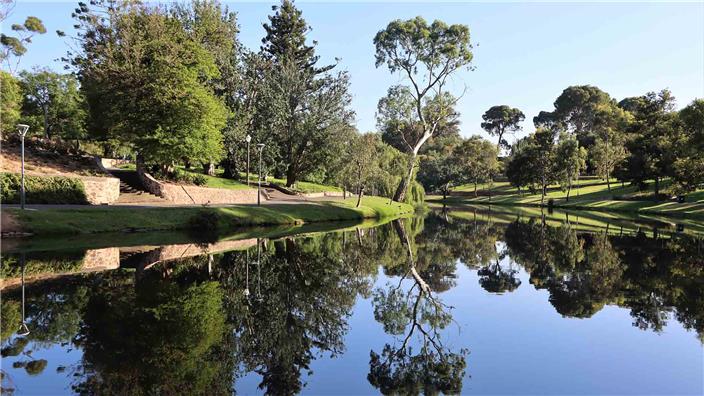Delivering long term value
With time, drinking and wastewater infrastructure can develop issues that impact water quality and network reliability. In drinking water networks, the presence of iron, manganese and biofilms can cause water discolouration and consumer complaints. They may also pose health risks. Iron and manganese can accumulate due to poor filtration at the water treatment stage, or with deterioration of water network infrastructure. Biofilms are biological growths on the internal surface of pipes which typically grow in environments with high manganese or aluminium content, or where the chlorination of water is not possible.
In networks carrying chlorinated or chloraminated water, reactions with biofilms can lead to the creation of TriHaloMethanes (THMs) which may also pose health risks. Cleaning pipes and other infrastructure helps remove sediment, improving water quality and optimising network operations. In wastewater networks, sewage can decrease flow rates causing increased odours, blockages, and, in severe cases, flooding to nearby properties. Cleaning sewer pipes can extend asset life and reduce occurrences of wastewater main failure. To assist water operators in delivering quality water and wastewater services, SUEZ has developed ice pigging, a chemical-free and cost-effective pipe cleaning method.
Improving liveability with cleaner networks
Improving liveability with cleaner networks
+
Ice pigging | SUEZ Australia & New Zealand
Credit: SUEZ group
Ice pigging is a pipeline cleaning process in which an ice slurry is pumped into a pipe and forced through under pressure. This process removes sediment and deposits to leave the pipe clean. A semi-solid ice slurry can be applied uniquely because it is pumpable like a liquid, yet also behaves as a solid when a ‘pig’ of ice slurry is formed within a pipe.
Ice pigging can be used to clean pipelines ranging from 60-450mm in diameter without excavation of the pipeline. Ice pigging is fast, effective and exceptionally low risk. It also uses significantly less water than most comparable techniques.
A cost-effective solution
Ice pigging has been widely adopted across municipalities and industries throughout the world and is widely considered the most cost-effective pipe cleaning method. Ice pigging offers important advantages for Australian water authorities.
Operational efficiency
- Up to 1000 times more effective at removing sediment and biofilm than traditional flushing
- Ice slurry can flow through pipes of different diameters, bends, and pipe fittings
- Ice pigging takes half the time normally required by other techniques
- Pipes are typically only isolated for 30 to 180 minutes, depending on the length of pipes to be cleaned
- Exceptionally low-risk. Ice blockages can be resolved by simply allowing ice to melt
- Ice pigging allows cleaning of pipes without harmful chemicals
- Ice pigging process produces quantifiable results
Cost effectiveness
- Ice pigging uses up to 50% less water than traditional techniques such as flushing or swabbing
- Cost-effective, particularly when considering the amount of sediment removed
- Ice pigging generally requires no excavation
>> Download the ice pigging fact sheet >>

They trust us
SUEZ delivers innovative solutions for drinking water for our municipal customers in Australia.


